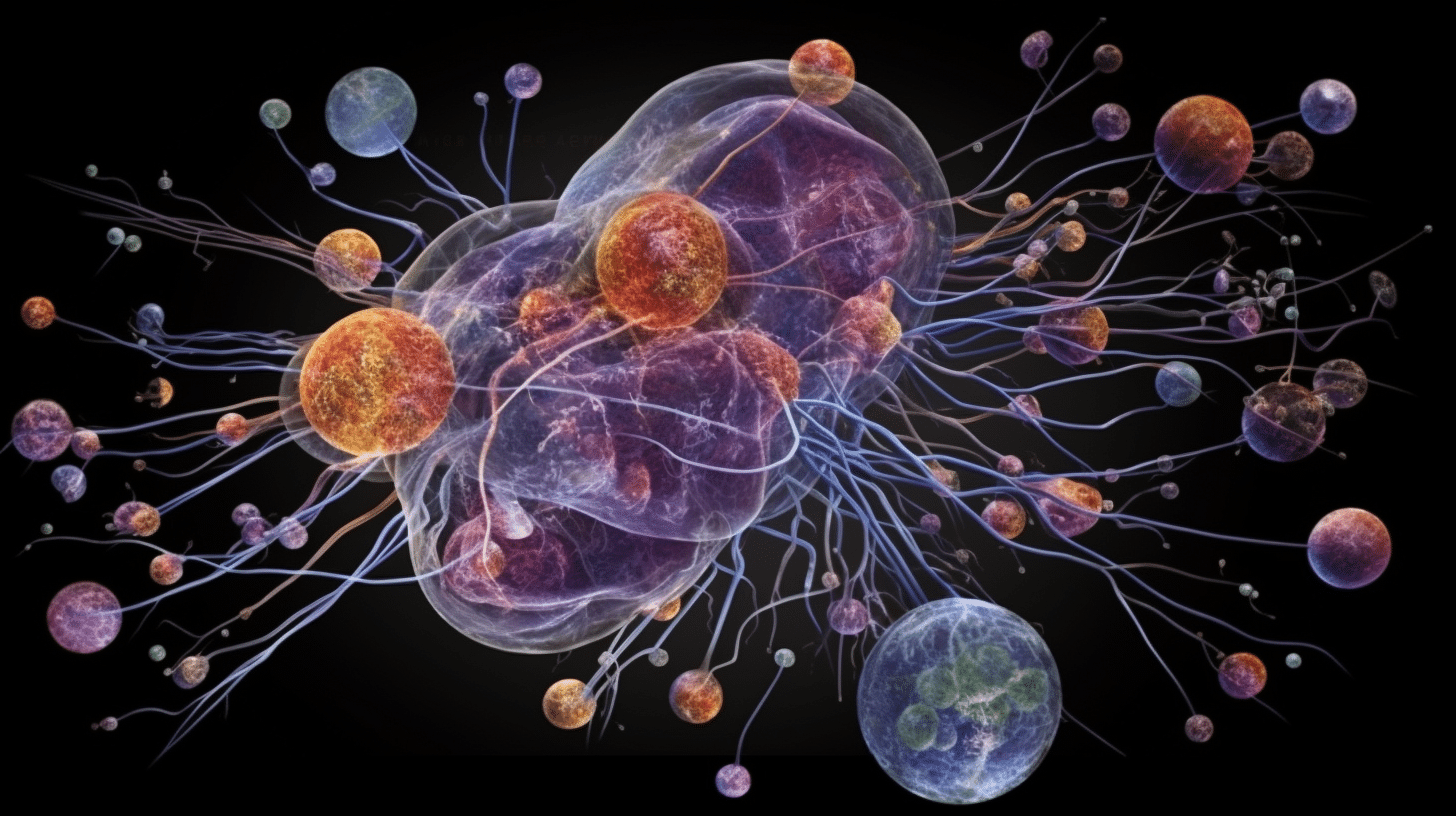Endocrine Glands and their Hormones.
Zakenya
Sep 30, 2013
Education
15 Views
The endocrine glands include;
1.Pituitary gland(hypophysis).
It is marble size at the base of the brain.It is controlled by the hypothalamus or other neurone mechanisms.It consist from the anterior pituitary gland to posterior pituitary gland.
a)Posterior pituitary gland.
It produces antidiuretic hormone and oxytocin.Antidiuretic hormone is responsible for fluid retention while oxytocin helps contraction of uterine wall and milk ejection.
b)Anterior pituitary gland.
It is responsible for most of the hormone from the pituitary gland which includes: the growth hormone, follicle stimulating hormone , lutenizing hormone, prolactin hormone, and ardenocorticotropin hormone.
2.Thyroid gland.
It is the largest endocrine gland in the neck midline.It secretes two non-steroidal hormones, that is triiodothyronine and thyroxine.These hormones regulate metabolism:
a)It increase protein synthesis.
b)Promote glycolysis ,gluconeugenesis and glucose uptake.
c)They increase the pigment responsible for skin colour.
d)They also give calcitonin which regulate calcium metabolism.
3.Parathyroid glands.
It is found behind the thyroid gland.It consist of four tiny glands.It secretes parathyroid hormones.It regulates the calcium metabolism alongside other hormones such as cytokinin and hyroxicholecalciferol(vitamin C).Parathyroid hormone regulate the phosphate level.
4.Adrenal medulla.
It is situated directly at the top of each kidney and is stimulated by the sympathetic nerves system.It secretes catecholamine(epinephrine/neropinephrine).Epinephrine is responsible for fight and flight response.Epinephrine increases the heart rate and blood pressure.It also increases the respiratory rate,metabolic rate,vasodilation, and glycolysis.Norepinephrine main activity is to bring back the body rest.
5.Adrenal cortex.
It secretes over 30 different steroid hormone know corticosteroids.they are grouped into three classes:
a)Minerocorticoid .
They control the absorption of sodium and secretion of potassium in the kidney tubule.They are important in regulation electrolyte balance.The main hormone in this category is called aldosterone.
b)Glucocorticoids.
The main hormone is cortisol.It is important in times of stess.It does the following function;
i)It stimulate glucogenesis.
ii)It mobiles the free fatty acid.
iii)it has the inflammatory effect.
iv)It is glucose sparing.
c)Gonadocorticoids(sex steroid)
They include testosteroid,estrogen, and progesterone.They are secreted in small amounts with slight effect on the body.
6.Pancrease gland.
It is located slightly behind the stomach.The major hormone it produces is insulin and glucagon from the islet of langherns.
i)Insulin.
It reduces the blood glucose,facilitates the glucose transport into the cell,it promotes glycogenesis,inhibits glycogenesis,promotes the uptake of amino acids into the cell and improves the manufacture of proteins.
ii)Glucagon.
It increases the blood glucose and removes the gonads or sex glands.
7.Gonads(sex glands).
In the male it is the testes and they produces testerone which are responsible for secondary characteristics in the male. They play a role in muscle development, bone development, maturation as well as spermatogenesis.
The ovaries in female produce estrogen which are responsible for secondary characteristic in female.
8.Thymus gland.
It is a mass of lymphoid tissue which lies in the upper part of the chest above the heart. It is vital in the development of immunity. It also produces thymosin which assist in maturation of the T lymphocyte.
9.Pineal gland.
It is a small flattened cone- shaped gland. It is posterior to the mid-brain and is it connected to the roof of the third ventricle. Pineal gland produces melatonin in the dark period of each day and very little is produced during the day time.
Article source: https://www.zakenya.com/Education/46-Endocrine-Glands-and-their-Hormones.html



0 comments